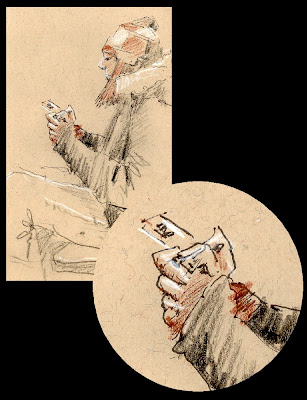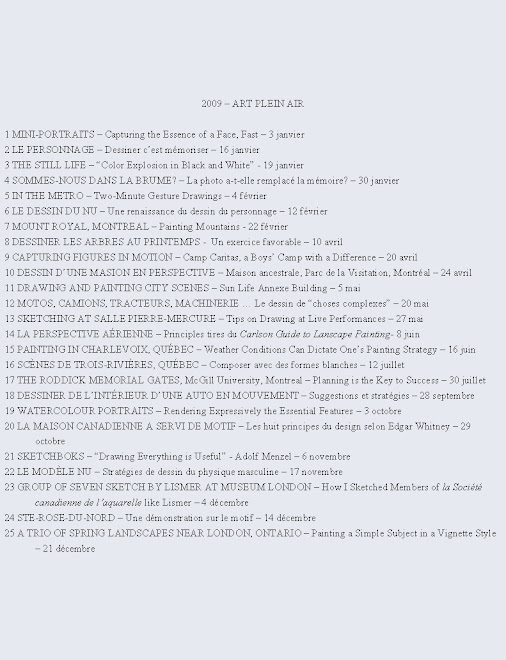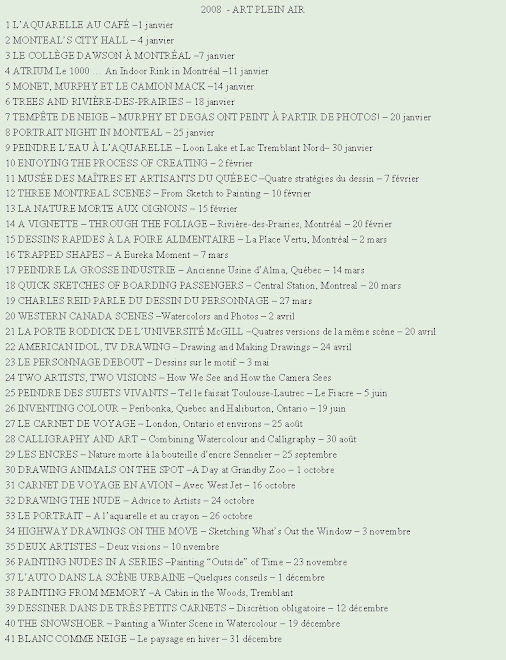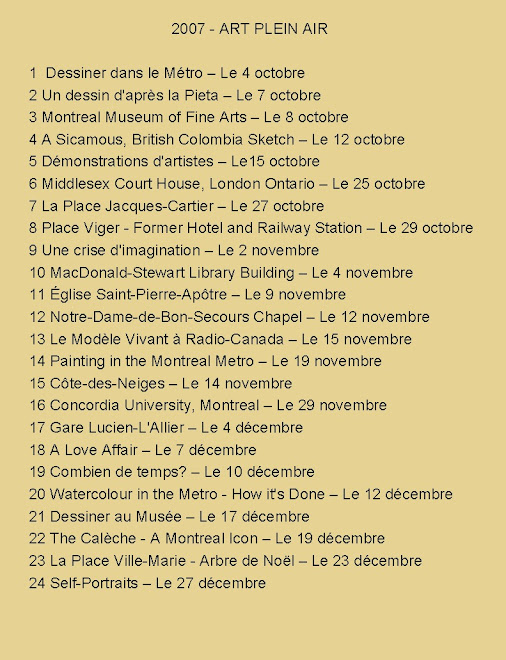A drawing difficulty
Most ‘How to’ drawing books illustrate and teach how to draw hands. Personally, I have rarely found art instruction books on this topic helpful. However, looking through art books at illustrations of masters such as Rembrandt, Degas or Daumier has helped me improve my understanding of hands. Also, when visiting a Museum I sometimes seek out portraits by the masters and copy hands drawn by them.
The subway I find is the ideal place to study and draw hands. Most riders keep their hands relatively immobile. Another place to study hands is at a library. If I see a person using a hand held electronic gadget such as a cell phone or an i-pod I immediately try to draw the hand holding it. Why? Because I am assured that the person holding an i-pod or such will remain relatively immobile for a good while.
It is important to understand the position of the hand I am drawing. I sometimes try to mentally assume the same hand position myself as I draw to get the proper feel. Somehow, this seems to help. The view of hands clasping a book compared to hands folded into each other, hands resting on a lap or hands holding an object are all very different one from the other.
Observe the general shape first
I have found that the best way to draw hands accurately is to ignore the fingers. Think of the hand simply as a claw. First, render a studied contour of the general shape of the hand; then, subtly indicate the finger shapes. Paradoxically, if one attempts to draw fingers too defined the result does not look right. I think the reason for this is that we understand hands by their general shape and not by the position of individual fingers. We unconsciously observe hands often, so we know how hands should look. Therefore, when hands are not properly rendered we immediately notice it.
Indicate shape first, then the value and finally some detail
Drawing hands on toned paper has helped me to understand and render them convincingly. Using the paper as mid-tone all I must deal with are light and dark. The mid-tone color unifies the drawing shapes. Hands drawn only in contour without an indication of light and shade don’t seem as convincing as ones drawn where volume is suggested.
Fingers
Again paradoxically, I have found that whenever I attempt to draw fingers too precisely rather than to suggest them the hand shape seems broken up and the drawing does not look and feel right. Here, less is more. The exception is the thumb. If you can draw the shape of the thumb correctly in relation to the rest of the hand, then suggest the rest.
There is no shortcut to gaining competence in drawing hands correctly. I would suggest more time be spent actually drawing hands and less trying to gain anatomical information about hands. Too much analytical thinking will only serve to convince you that hands are too difficult to draw and you will start to avoid them. Another suggestion is to vary your tools and paper. Finally, draw, draw and draw some more hands…especially in the subway.
Finally, once you have put your pencil back in your pocket or purse give someone a helping hand if they need it.
Hands are difficult to draw. Look at paintings at art shows and even in Museums or Galleries. You will soon discover that many figurative artists avoid drawing or painting hands. Why? Because an error made in drawing a hand is usually very evident.
How to books
Most ‘How to’ drawing books illustrate and teach how to draw hands. Personally, I have rarely found art instruction books on this topic helpful. However, looking through art books at illustrations of masters such as Rembrandt, Degas or Daumier has helped me improve my understanding of hands. Also, when visiting a Museum I sometimes seek out portraits by the masters and copy hands drawn by them.
In the subway hands are visible
The subway I find is the ideal place to study and draw hands. Most riders keep their hands relatively immobile. Another place to study hands is at a library. If I see a person using a hand held electronic gadget such as a cell phone or an i-pod I immediately try to draw the hand holding it. Why? Because I am assured that the person holding an i-pod or such will remain relatively immobile for a good while.
Observing what hands do
It is important to understand the position of the hand I am drawing. I sometimes try to mentally assume the same hand position myself as I draw to get the proper feel. Somehow, this seems to help. The view of hands clasping a book compared to hands folded into each other, hands resting on a lap or hands holding an object are all very different one from the other.
Observe the general shape first
I have found that the best way to draw hands accurately is to ignore the fingers. Think of the hand simply as a claw. First, render a studied contour of the general shape of the hand; then, subtly indicate the finger shapes. Paradoxically, if one attempts to draw fingers too defined the result does not look right. I think the reason for this is that we understand hands by their general shape and not by the position of individual fingers. We unconsciously observe hands often, so we know how hands should look. Therefore, when hands are not properly rendered we immediately notice it.
Indicate shape first, then the value and finally some detail
Drawing hands on toned paper has helped me to understand and render them convincingly. Using the paper as mid-tone all I must deal with are light and dark. The mid-tone color unifies the drawing shapes. Hands drawn only in contour without an indication of light and shade don’t seem as convincing as ones drawn where volume is suggested.
Fingers
Again paradoxically, I have found that whenever I attempt to draw fingers too precisely rather than to suggest them the hand shape seems broken up and the drawing does not look and feel right. Here, less is more. The exception is the thumb. If you can draw the shape of the thumb correctly in relation to the rest of the hand, then suggest the rest.
Practice, practice and practice
There is no shortcut to gaining competence in drawing hands correctly. I would suggest more time be spent actually drawing hands and less trying to gain anatomical information about hands. Too much analytical thinking will only serve to convince you that hands are too difficult to draw and you will start to avoid them. Another suggestion is to vary your tools and paper. Finally, draw, draw and draw some more hands…especially in the subway.
Finally, once you have put your pencil back in your pocket or purse give someone a helping hand if they need it.
Raynald Murphy sca

















Aucun commentaire:
Enregistrer un commentaire